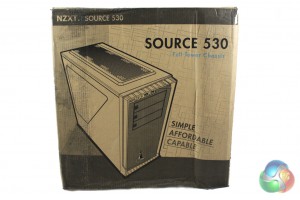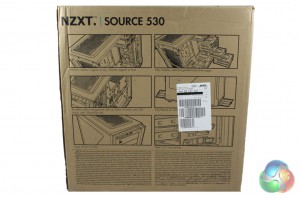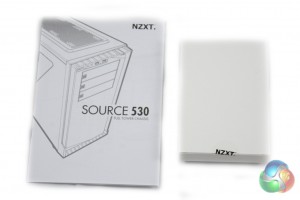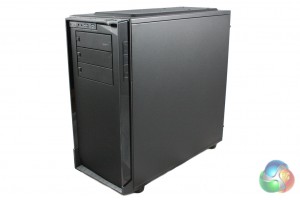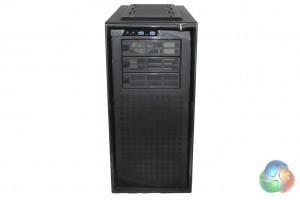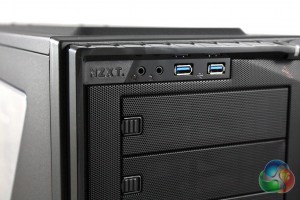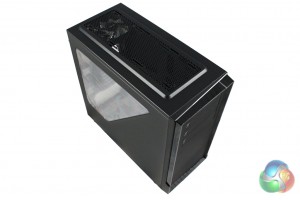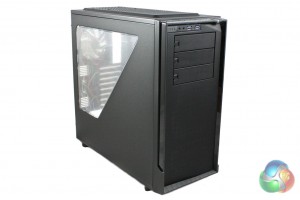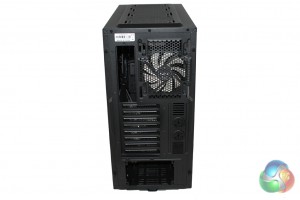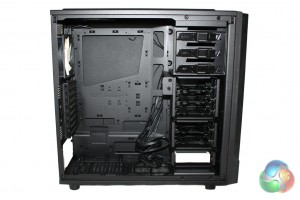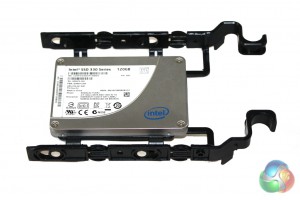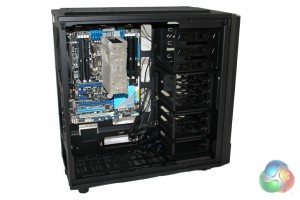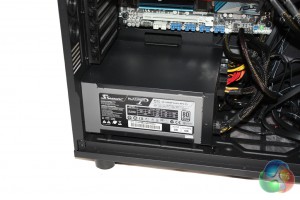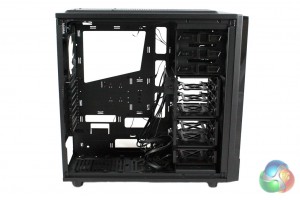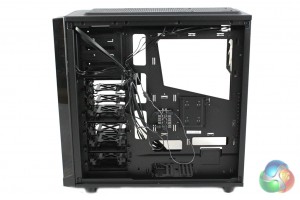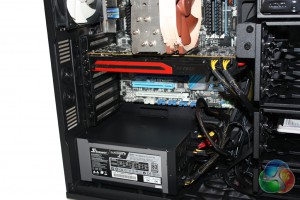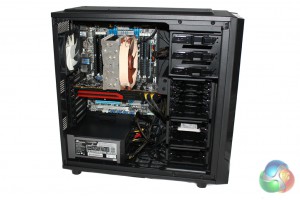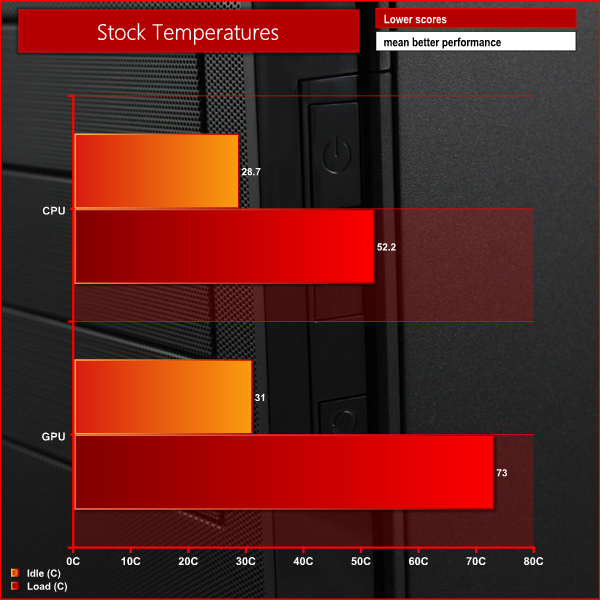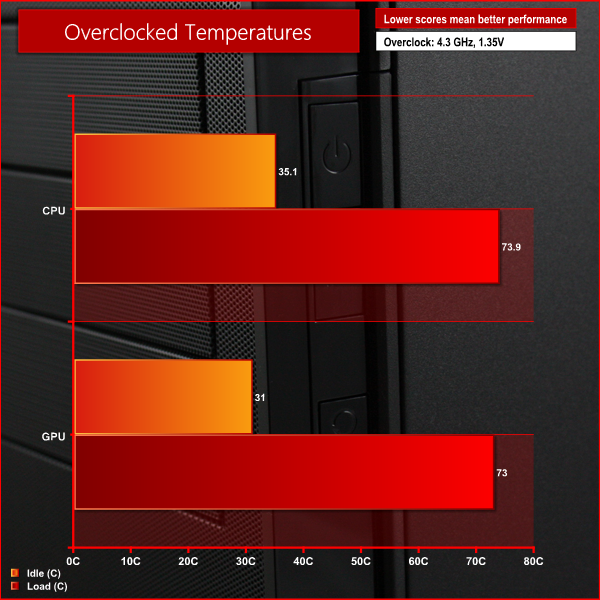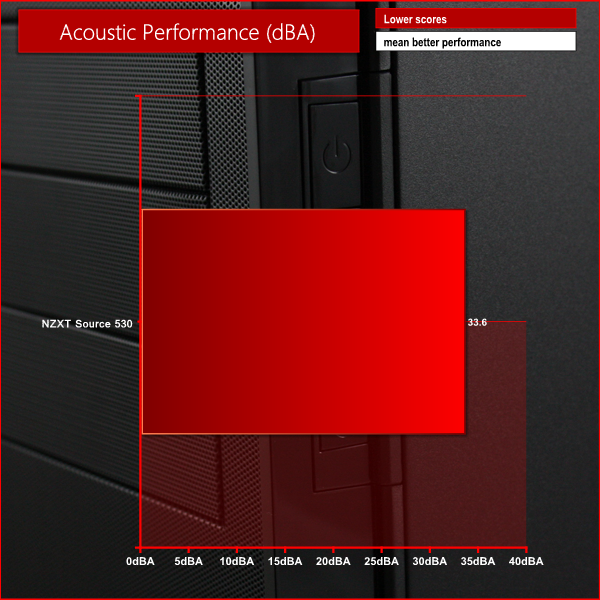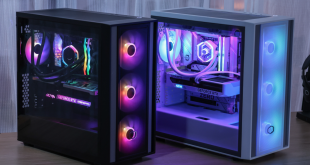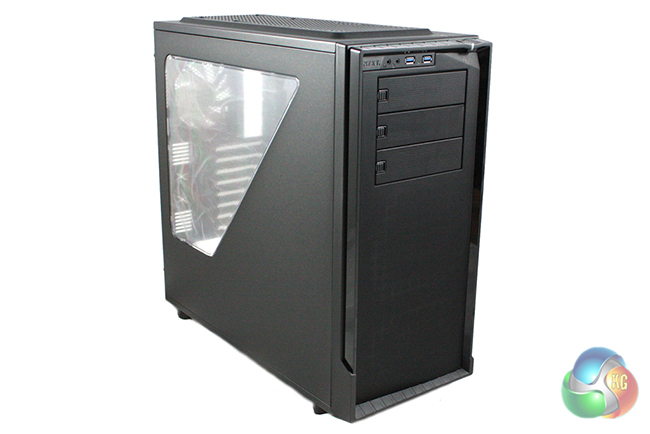
Today we are going to take a look at the NZXT Source 530 case which has been designed to offer a balance between features and affordability. It is available for around the £80 mark, targeting a mass audience. There are a number of other manufacturers who have strong offerings around £80 and even NZXT themselves have a number of models at a similar price point. Is the Source 530 good enough to warrant consideration?
NZXT have expanded their range of cases significantly over the past few years. The release of the first Phantom case put them on the radar of enthusiasts across the globe, and subsequent models have also been highly successful. NZXT have a number of different sub-ranges of cases including the Phantom Series which offers incredible aesthetic design, and the Source series which looks to offer a functional design at an affordable price. We look forward to seeing how the Source 530 performs in our tests.
Specification
General:
- Dimensions (WxHxD): 235mm x 507mm x 510 mm.
- Material: Plastic, Steel.
- Total Weight: 9.2 kg.
- Motherboard Support: ITX, MicroATX, ATX, EATX (322 x 272mm).
- Electronic Features: Audio/Mic, I/O LED, Power/Reset LED, 2 x USB 3.0, 10-Port Fan Hub.
Expansion Bays:
- External 5.25”: 3.
- Internal 3.5”: 6.
- Internal 2.5”: 7 (1 behind motherboard tray).
- Expansion Slots: 8.
Cooling:
- Front: 2 x 120/140mm or 1 x 200mm.
- Top: 3 x 120mm (1 x 120mm included) or 2 x 140mm.
- Rear: 1 x 120/140mm (1 x 120mm included).
- Bottom: 2 x 120mm.
The NZXT Source 530 is supplied in a large brown cardboard box. The front of the box features a stylised image of the case within, alongside the tagline ‘Simple, Affordable, Capable'.
Turning the box around reveals six further images which are used to highlight some of the key features of the case. The box itself feels very good quality and should provide a decent level protection for the case within.
Inside the box we find all of the screws and other accessories required for installation packaged within a box which is secured in one of the drive bays. There is also a comprehensive installation manual included which guides us through the process.
It is clear that the aesthetic design of the Source 530 has been created for those users who prefer their PC to have an understated visage. It is much less striking than the design of the Phantom series, and is much more conventional in its form.
The front panel of the case is comprised mainly of mesh, which should help facilitate airflow into the system. There is space for dual 120 mm or 140 mm fans in the front of the chassis, meaning you could install a 240 mm radiator in this location if you wish.
NZXT have made provisions for three external 5.25″ drives, meaning there is plenty of room for a dual-bay reservoir for those who want to water cool.
We find the front panel connections along the top. NZXT haven't gone overboard on the connections, only including two USB 3.0 ports and headphone and microphone jacks. These should fulfill the needs of most users, though.
A quick glance at the top panel of the Source 530 reveals that NZXT have designed this case with water cooling in mind. The fan vents in the roof fill the entire panel, and feature mounting points for three 120 mm fans or two 140 mm fans. This means the case supports both 280 mm radiators and 360 mm radiators, and is therefore ideal for those looking to build a water-cooled system.
The left side panel of the case features a large acrylic window which will give you an unrestricted review of the system within. This is ideal for those looking to show off their high end components and water-cooling equipment.
Moving round to the rear of the case, we find a standard layout which consists of eight expansion slots, power supply mounting points at the bottom and an exhaust fan vent which supports both 120 mm and 140 mm fans.
Removing the side panel of the Source 530 reveals an entirely black painted interior which should complement most component choices aesthetically.
The internal layout of the case is standardised, with the modular hard drive bays located on the right hand side, below the external drive bays at the top. Each hard drive bay features a tray which allows you to install either a 2.5” or a 3.5” unit. There are six bays in total which are arranged in modules of three, two and one so that you can remove surplus bays to improve airflow.
We installed an Intel 330 Series 120 GB solid state drive into the system, requiring four screws through the base of the tray. Installing a 3.5” drive would be simpler as you as the tray can grip it without needing screws.
Installing a motherboard into the case is simple as the stand-offs are preinstalled. There is also a sizable cut-out section to facilitate the installation of CPU coolers.
There is plenty of room in the case for long power supplies, meaning we had no trouble securing our Seasonic Platinum 1000W into position.
NZXT have clearly put some thought into the cable routing holes in the motherboard tray which should enable any user to achieve a tidy build with most configurations.
There is also a generous amount of room behind the motherboard tray for cable routing, meaning there is plenty of space to tie cables up together. NZXT have thoughtfully integrated a fan hub into the case which is located behind the motherboard tray. This lets you connect up to ten fans, although it doesn’t let you adjust their speed.
Finally we installed our AMD Radeon HD 7950 graphics card into the case, which was easily secured into place using the provided thumbscrews. Even though there is plenty of room in this case for large graphics cards, you can remove some of the drive bays to create more room if required.
For our tests we will be using a Noctua NH-U14S to cool the Intel Core i7-3930K CPU in the NZXT Source 530. Our test system also features an AMD Radeon HD 7950 graphics card.
We manually overclocked the i7-3930K to 4.3 GHz by increasing the multiplier to 43x, leaving the baseclock set at 100 MHz. The voltage was increased to 1.35V to achieve this frequency.
Test System:
- Processor: Intel Core i7-3930K
- Motherboard: Asus P9X79
- Cooler: Phanteks Noctua NH-U14S
- Thermal Paste: Arctic Cooling MX-2.
- Memory: 16GB (4x 4GB) Mushkin Blackline 1600 MHz
- Graphics Card: AMD Radeon HD 7950.
- Power Supply: Seasonic Platinum 1000W
- System Drive: Intel SSD 330 Series 120 GB
- Monitor: Viewsonic VX2260WM.
Software:
- Microsoft Windows 7 Home Premium (64-bit).
- CPUID Hardware Monitor.
- Prime95 64-bit.
- Furmark V1.10.6
To test the thermal performance of the NZXT Source 530 we loaded our test system for 15 minutes using Prime95 and Furmark and recorded the maximum temperatures reached using CPUID Hardware Monitor. We then restarted the system and left it for 15 minutes before recording idle temperatures.
Room temperature was maintained at 20 degrees C for the duration of our tests.
These results are pretty impressive, and could probably be improved by adding more fans into the case.
To conduct our noise level tests, we replaced the graphics card in our system with a AMD Radeon HD 5550 Silence which was passively cooled. We also momentarily disconnected the fans on the CPU cooler so we were only taking into account the noise generated by the fans in the case.
This case is quiet, even though the fans can't be speed controlled. Some users may want to install a fan speed reducer to achieve near-silent operation, though.
Overall we are very impressed with the NZXT Source 530. It is very well suited to those enthusiasts who are looking for a practical, well designed chassis.
The design of the case is understated and the build quality is quite impressive, considering the price point. We recorded decent thermal and acoustic performance in our tests, making this ideal for those looking to build a cool and quiet overclocked system.
The basic design and layout of the Source 530 is almost identical to the Phantom 530 which we looked at recently. The Phantom has been designed to appeal to those enthusiasts who are looking for a visually striking design, which NZXT demand around £20 extra for.
For those readers wanting to build a flashy looking system, the Phantom is ideal. But for those who are looking to save some money and aren’t too concerned with attracting the eye, the Source remains a great option.
At a price of £80 from Overclockers UK, we feel that the NZXT Source 530 offers excellent value for money. For those who are looking to build something more attractive then the Phantom 530 would be a better option, though, as it has a much flashier design and is available in a number of different colour schemes.
Discuss on our Facebook page, over HERE.
Pros
- Understated design.
- Solid build quality.
- Good thermal and acoustic performance.
- Decent value for money.
Cons
- Phantom 530 offers a much more exciting design.
KitGuru says: Another impressive case from NZXT which certainly lives up to its tagline, ‘Simple, Affordable, Capable'.
 KitGuru KitGuru.net – Tech News | Hardware News | Hardware Reviews | IOS | Mobile | Gaming | Graphics Cards
KitGuru KitGuru.net – Tech News | Hardware News | Hardware Reviews | IOS | Mobile | Gaming | Graphics Cards



